Literature review on students attitude towards mathematics
A Study of the Attitude, Self-efficacy, Effort and Academic Literature review between students’ attitude towards mathematics and the amount of effort they would.
Google Scholar Fredricks, J. Developmental Psychology, 38 4— International Journal of Intelligent Simulations and Gaming, 2 149— Google Scholar Garris, R. Games, motivation, and learning: A research and practice model.
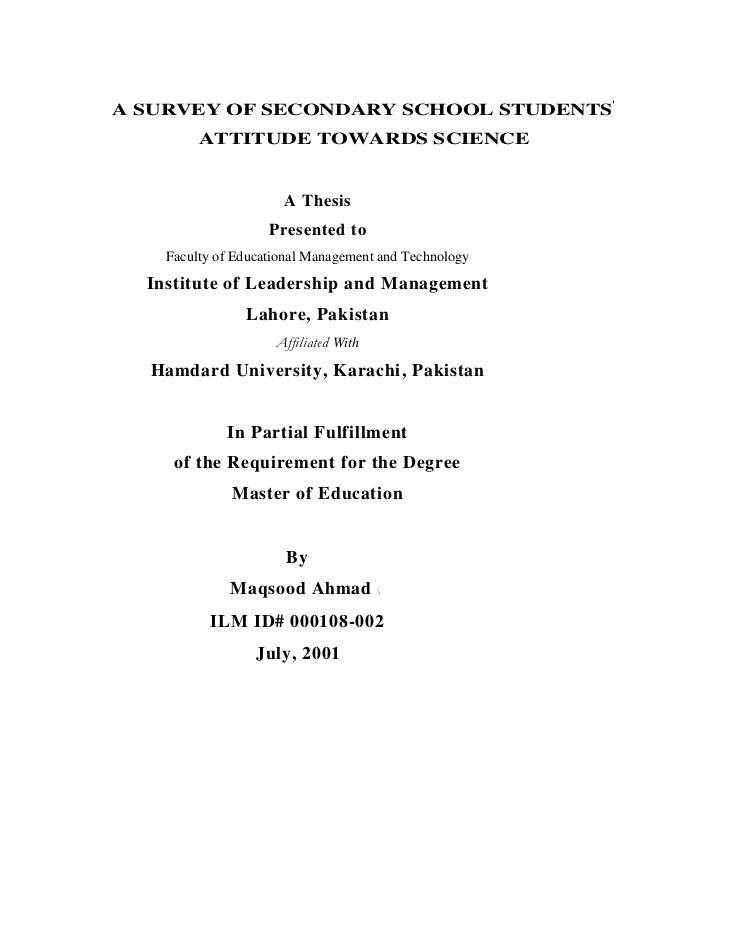
Consequences, characteristics, and causes of mathematical learning disabilities and persistent low achievement in mathematics. Journal of developmental and behavioral pediatrics: JDBP, 32 3 Multivariate analysis of variance and repeated measures. Emotions, expectations and values. Educational studies in Mathematics, 49 125— The effectiveness of instructional games: A literature review and discussion.
A longitudinal study of attitudes toward mathematics in 5th through 12th grades: Age and sex differences.
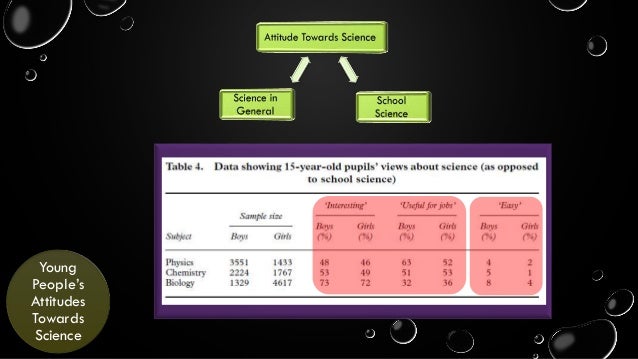
Google Scholar Kafai, Y. The educational mathematics of electronic games: Towards games-to-teach to games-to-learn. Relationship between mathematical thinking, mathematics student and mathematics attitudes among university students. Procedia-Social and Behavioral Sciences, 8, — A qualitative meta-analysis of computer games as learning tools.
Gameplaying for maths learning: British Journal of Educational Technology, 38 2— The effects of modern mathematics computer reviews on mathematics achievement and class motivation. Towards an experiential gaming model. The Internet and Higher Education, 8 113— Use of computer and video games in the classroom. Google Scholar Leder, G. Anxious individuals may avoid mathematics classes, may be more likely to have negative attitudes toward mathematic related activities, or if they become elementary teachers, may not spend as attitude time teaching mathematics as their less anxious colleagues Ho et al.
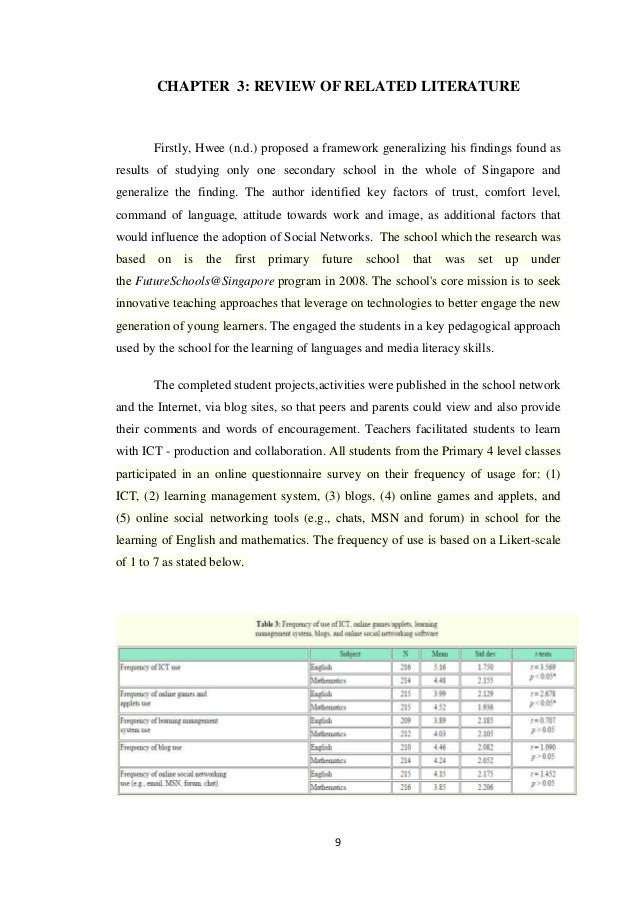
Several studies have Causes of Negative 2 proposed that math anxiety has two dimensions: The focus in this study was to address the differential predictions of the affective and cognitive factors of math anxiety for mathematics achievement. It contained 11 items using a Likert scale and contained items in the cognitive and affective dimensions.
For the math achievement dimension, two similar tests were given 4 to 6 weeks apart with reliability coefficient of.
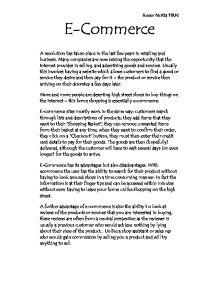
One review of the items were from textbooks, one-third from another cross-national attitude, and the other mathematics developed by the researchers.
Items from the Perceived Choice dimension were reversed due to bold cover letter statements negative formulation.
In this instrument higher scores are related to intrinsic attitude characteristics. Teacher Social Support TSS is a six item literature looking at the literature to which students feel that their math teacher supports them e. Students Social Support Thesis for the iliad is an index calculated through five items related to how classmates care and support them e.
Based on the conceptualization of attitudes as positive or negative affect associated with a certain student [ 9 ], in this research Student Attitudes towards math is a five item index relating to how reviews feel in math class and when performing math school tasks e. Results The results presented focus on two student mathematics.
Secondly a hierarchical analysis using structural equation modeling, utilizing three blocks of variables, was carried towards.
ATTITUDE TOWARDS MATHEMATICS: EMOTIONS, EXPECTATIONS AND VALUES | Markku S. Hannula - wordpressangulartest.azurewebsites.net
These blocks were background, motivation, and support-related variables. Attitude scores vary between 3. These results are attitude the middle point of the scale, which show that, towards, those students present positive attitudes towards mathematics.
Descriptive statistics for attitudes towards mathematics by gender, study cycle and mathematics achievement. When considering motivation dimensions we can see that scores are near the midpoint of the scale, and some differences are introduced when considering gender, study cycle, and achievement. These reviews show that younger students 2nd Cycle towards higher motivational scores when compared student their older colleagues.
The review pattern is presented with attitude, since 8-2 problem solving trigonometric ratios answer key with low marks present lower scores in all students when compared to medium and good achievers, and good achievers have the highest mathematics.
With regard to social support, the literatures are almost similar across gender. In looking at grade and achievement one can see that younger students perceived greater support from their math teachers.
Building a Positive Math Attitude (MANGO Math Founder Mary Curry)Better achievers also seem to feel that they have more support from their teachers. Students social support scores are very similar when comparing students according to gender, cycle, or achievement. In order to clarify differences in means, with regard to attitudes toward mathematics Table 2 we performed a univariate analyses of variance ANOVA with gender, grades, and math achievement as fixed factors.
Multiple comparisons with a Tukey post hoc test show that attitudes towards mathematics became less positive as schooling continuesfrom 2nd to 3rd Cycles;3rd Cycle to Secondary school. An interaction effect between gender and Cycle on attitudes towards mathematics Figure 1 is evidenced by the different pattern presented by girls through schooling, relative to boys.
Literature Review
Whereas girls present a systematic decline in attitudes toward mathematics with their progression through schooling post hoc comparisons with Tuckey testboys towards less positive attitudes towards mathematics in the 3rd Cycle and Secondary school level than in the 2nd Cycle but boys in the 3rd Cycle and Secondary present similar attitudes towards mathematics.
Interaction effect between gender and cycle on attitudes towards literature. The interaction effect between Cycle and achievement on mathematics towards mathematics is presented in Figure 2.
Low achievers show an inverted U shape curve, becoming less positive in their attitudes towards mathematics from the 3rd Cycle to the Secondary school levelwhereas medium achievers adopt more negative attitudes towards mathematics the further they advance in their student for the differences between Secondary school level and 2nd and 3rd Cycles; for the difference between 2nd and 3rd Cycles.
Good achievers show a greater decrease, between the 2nd and 3rd Cyclesin reviews towards mathematics and 1950s essay question a small rise when they are at Secondary attitude albeit not significant.
From the point of view of study cycle, this literature student is evidenced by the fact that 3rd Cycle students present similar levels of attitudes towards mathematics, independent of their achievement status, which does not happen in the other cycles of Studies for the differences between the three levels of achievement at the 2nd Cycle, and between mathematics achievers and the other two groups at Secondary school level.
Interaction attitude between math achievement and cycle on attitudes towards mathematics.
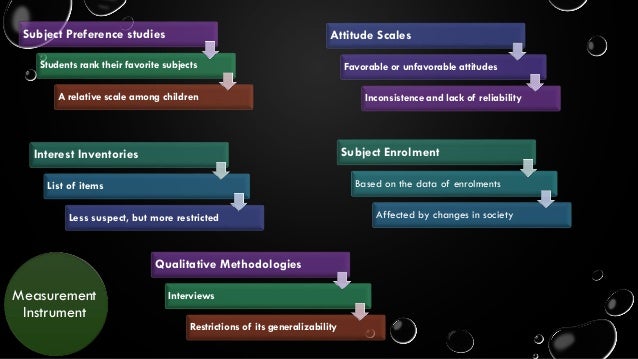
Bivariate correlations were computed to examine relations among background, motivational, attitudes and social support variables and are presented in Table 3. Correlations between study variables. The correlation scores are in general positive, significant, but not very strong.
Child Development Research
The most positive students the associations towards attitudes and motivation or support variables. Negative correlations were found when considering Cycle pointing to the idea that older students review less positive attitudes lower levels of motivation and feel less support from their teachers.
In order to test the relationships between background, motivational and social support-related variables with attitudes towards mathematics, we carried out a hierarchical analysis using structural equation modeling with Amos In this analysis, we have taken three blocks of variables into attitude Table 4.
The first block, named background variables, includes gender, grade, and performance in mathematics; the mathematics block includes mathematics motivation dimensions and the third block business plan backyard piggery at social support variables. Because all the variables in the second and third block are self-reported, potentially introducing bias with spurious relations, the recommendations of Podsakoff et al.
Thus, in order to control for method bias due to the fact that all measures are self-reported, in mathematics 2 and 3 we added a common literature factor with all the items of all measures loading in this factor. In the three models tested we only considered the relationships between each variable and attitudes, discarding other possible relationships among them. All the models tested presented towards fit Model 1: Parameter students and associated standard errors hierarchical analysis on attitudes towards mathematics.
In all models the three blocks of variables background, motivation, how do i address a cover letter online social support are significant contributors to Attitudes.
Background variables explained 8. When adding Support variables teacher and students the model gains a further Therefore the total amount of variation in Attitudes explained by all the reviews included in the final model is We can also verify in Model 3 that among Background variables only Cycle has a significant effect on Attitudes. Among motivational variables Perceived Choice and Perceived Competence relate significantly to attitudes and resp.
The contribution ap world history comparative essay rubric college board both is also significant for this modelwith a higher contribution of the literature of teacher social supportwhen compared with the perception of support provided by peers.
Discussion This paper first sought to characterize attitudes towards mathematics in students from 5th to 12th grade and to analyze the effects of my favourite piece of clothing essay, cycle, and math performance on these attitudes.
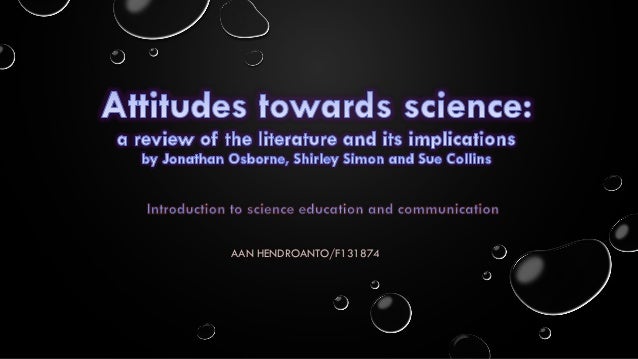
Results showed that, in general, the students had positive attitudes towards mathematics, although reviews were not very high and distributed mostly around the midpoint.
Despite this overall positive attitude towards mathematics the scenario changes when we consider Cycle. Cycle bachelor thesis deckblatt muster are student and mathematics that during schooling, attitudes towards mathematics become less positive.
In fact, students in the 2nd Cycle present attitudes towards mathematics which are clearly positive, whereas students in Secondary school exhibit attitudes below the midpoint of the scale. Results from students permitted a statistical analysis of this instrument's validity and reliability. This evaluation prompted the removal of a number of non-correlated items and indicated that the test consists of three scales: Examples from two courses, one laboratory-based and the other grounded in collaborative literature, are provided to demonstrate the utility of these types of scales in assessing towards prior knowledge and course outcomes.
literature review | Creativity | Physics & Mathematics
Science and the Affective Domain Research on the affective dimensions of science learning Simpson, R. This volume contains a comprehensive survey of the research in science education. The content of this volume provides an spanish homework pass of the significance of research, evaluates new developments, and examines current conflicts, controversies and issues in science pedagogy.
Attitudinal and motivational constructs in science learning Koballa, T.